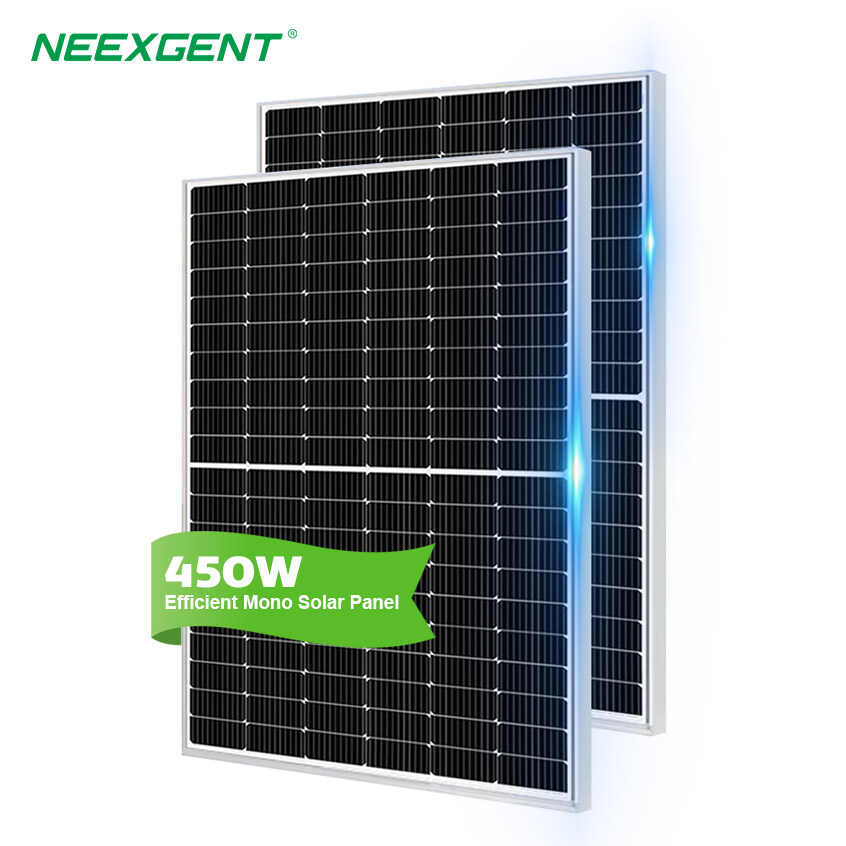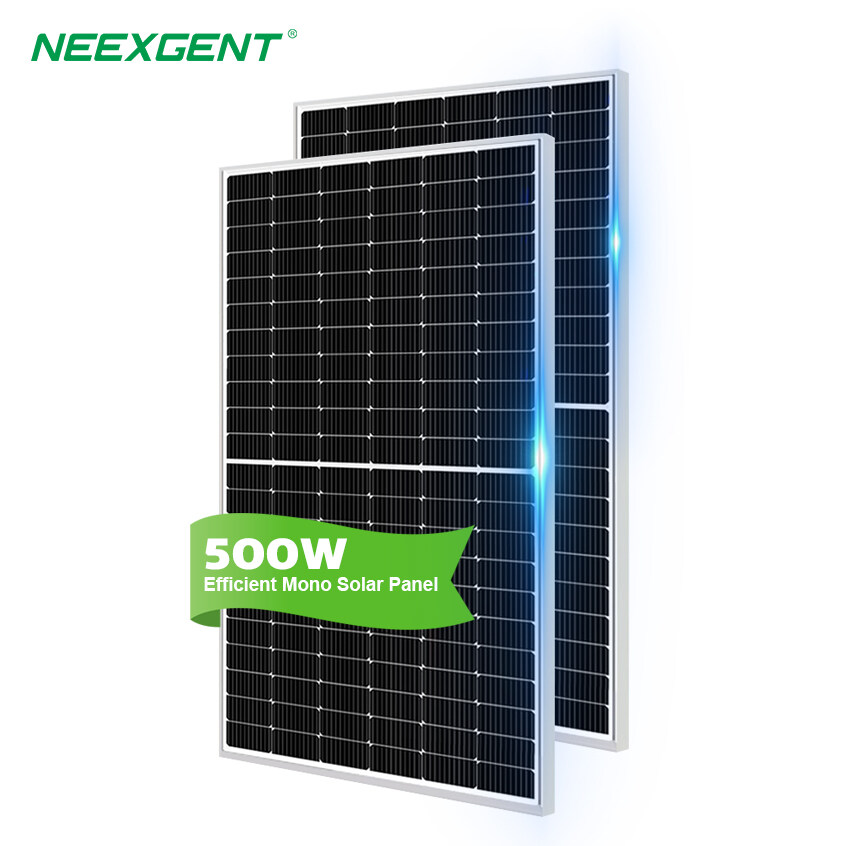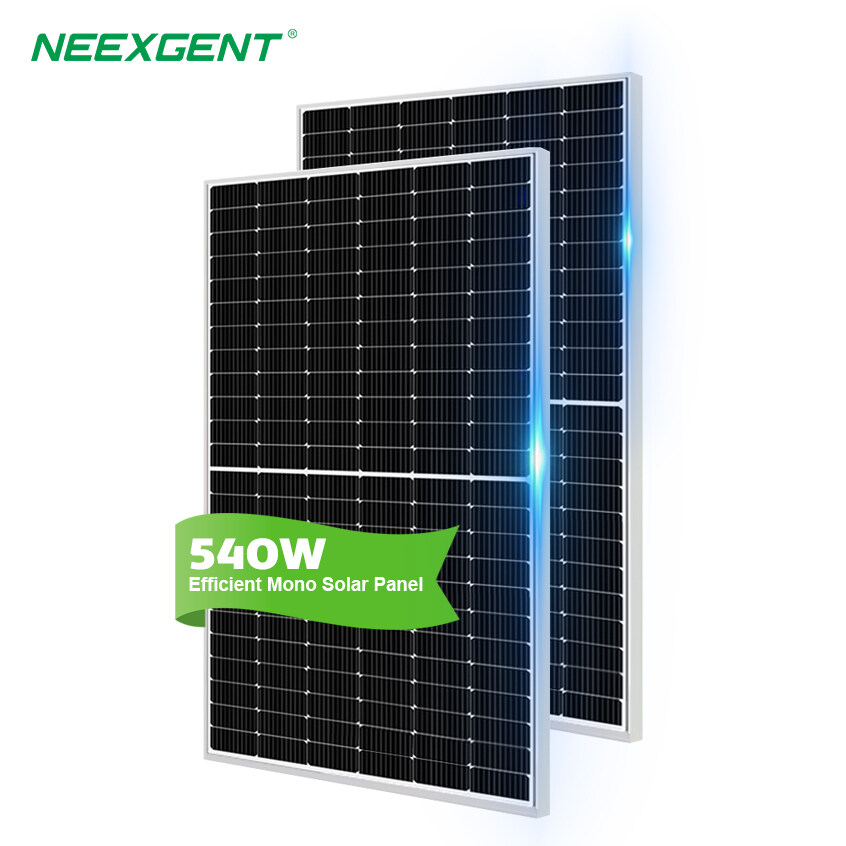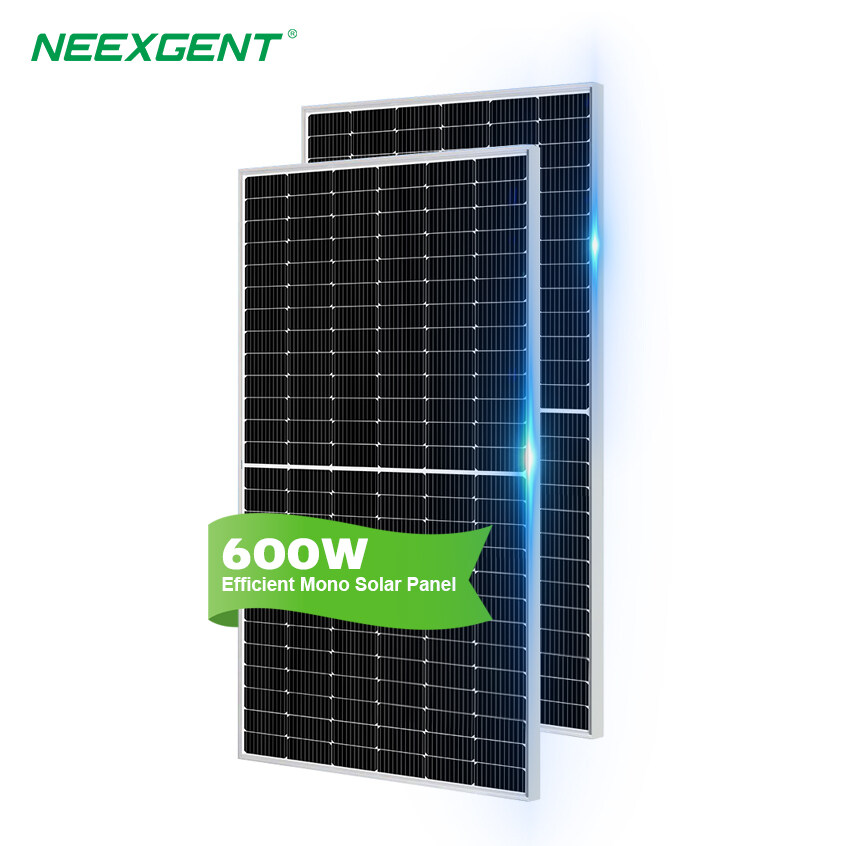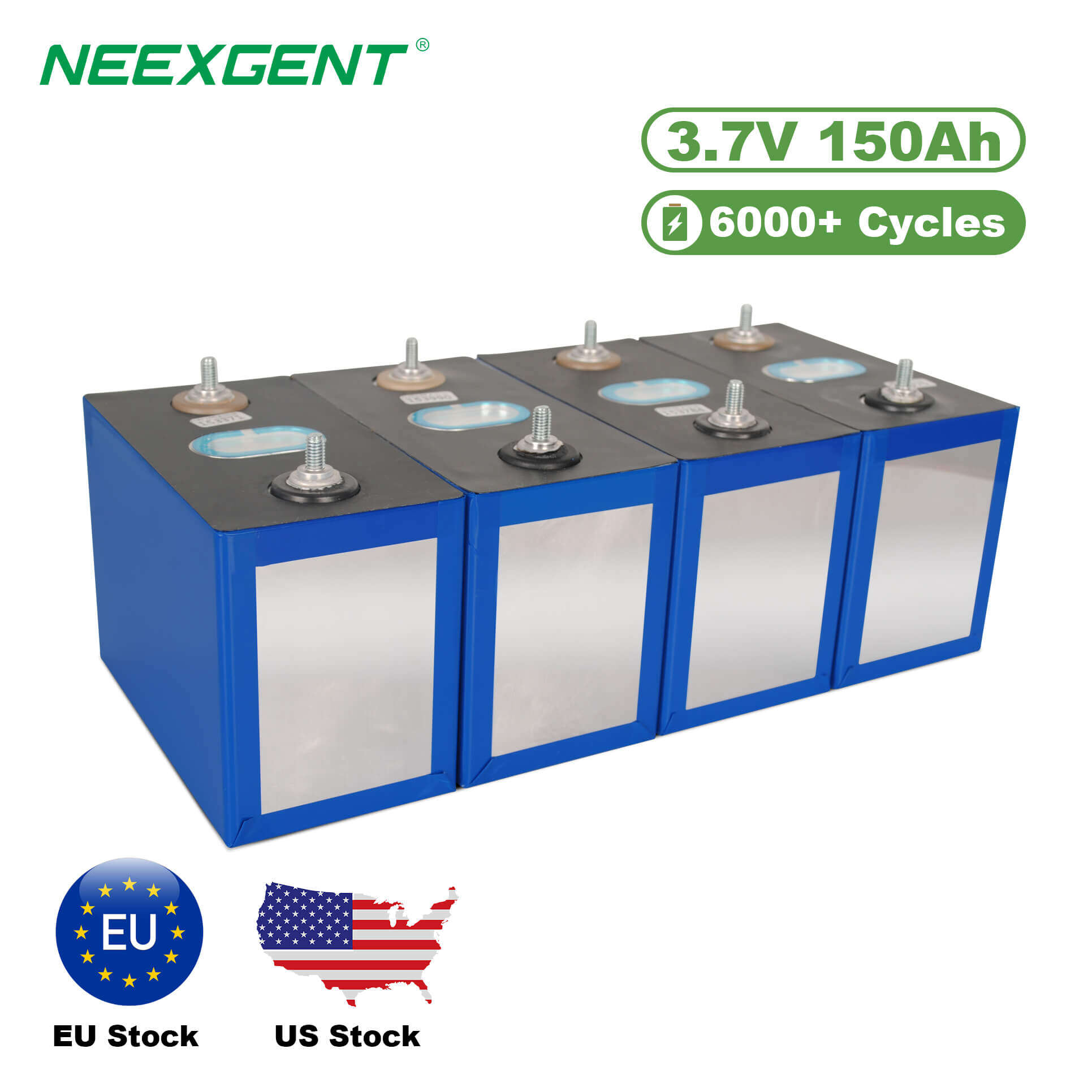As the world embraces renewable energy at an unprecedented scale, the need for reliable, affordable energy storage has never been greater. For over a decade, lithium-ion batteries have dominated the energy storage market, especially for short-duration applications. But now, long duration energy storage (LDES) technologies are emerging as a serious alternative—and increasingly, a more economical one. The reality that an LDES battery is cheaper than lithium ion in many cases is reshaping energy strategy for utilities, developers, and governments worldwide.
This article explores why LDES technologies are often more cost-effective than lithium-ion, how they work, and what their growth means for the global energy landscape.
What Is LDES and How Does It Compare to Lithium-Ion?
Long duration energy storage refers to systems that can store and discharge energy for extended periods—typically from 4 to over 24 hours, and sometimes even days. These systems help stabilize the grid when renewable sources like solar and wind fluctuate due to weather or time of day.
In contrast, lithium-ion batteries excel in applications requiring fast response and high power for short durations—usually between 1 to 4 hours. While effective, lithium-ion’s high costs, resource constraints, and thermal safety issues limit its scalability for long-duration, grid-level applications.

Why LDES Battery Is Cheaper Than Lithium Ion
1. Use of Abundant, Low-Cost Materials
One of the biggest cost advantages of LDES comes from the materials used. Lithium-ion batteries rely on expensive and geopolitically sensitive elements like lithium, cobalt, and nickel. These materials face supply bottlenecks, price volatility, and environmental challenges.
LDES technologies, on the other hand, often use more abundant and affordable materials:
-
Iron-air batteries use iron, which is one of the most plentiful elements on Earth.
-
Zinc-based systems use cheap and widely available zinc.
-
Thermal energy storage systems use salt, sand, or even crushed rock.
-
Flow batteries often rely on vanadium or organic compounds that can be sourced more sustainably.
By avoiding rare metals, LDES systems drastically reduce material costs and mitigate geopolitical risks.
2. Longer Lifespan and Lower Degradation
Lithium-ion batteries degrade over time, typically offering 5,000 to 7,000 charge-discharge cycles. Their performance also drops significantly in high temperatures and under deep discharge.
In contrast, many LDES solutions can last 10,000 to 20,000 cycles or more with minimal capacity loss:
-
Flow batteries store energy in external tanks, meaning their electrodes experience less wear.
-
Mechanical storage like pumped hydro or gravity-based systems can operate for decades.
-
Thermal storage has lifespans exceeding 30 years with low maintenance.
A longer lifespan means fewer replacements and lower lifecycle costs, giving LDES a significant economic edge.
3. Scalability and Infrastructure Integration
LDES technologies are often modular and easier to scale for specific grid needs. Unlike lithium-ion batteries, which require expensive safety systems and cooling infrastructure as they scale, many LDES formats can be built larger with relatively lower marginal costs.
For instance:
-
Iron-air batteries can be built in warehouse-sized units using basic manufacturing methods.
-
Compressed air energy storage (CAES) leverages natural or man-made caverns.
-
Molten salt storage is already used in some solar thermal plants and is expanding to broader grid use.
Because LDES systems are purpose-built for long discharge durations, they are more cost-effective per kilowatt-hour stored over long periods.
4. Lower Total Cost of Ownership (TCO)
The total cost of ownership for a battery includes not just the upfront capital cost but also maintenance, degradation, energy efficiency, and lifespan. While lithium-ion might have lower initial costs per kWh for small systems, LDES often wins over 10 to 20 years due to:
When amortized over their lifetime, LDES battery cheaper than lithium ion becomes not just possible but frequently true.
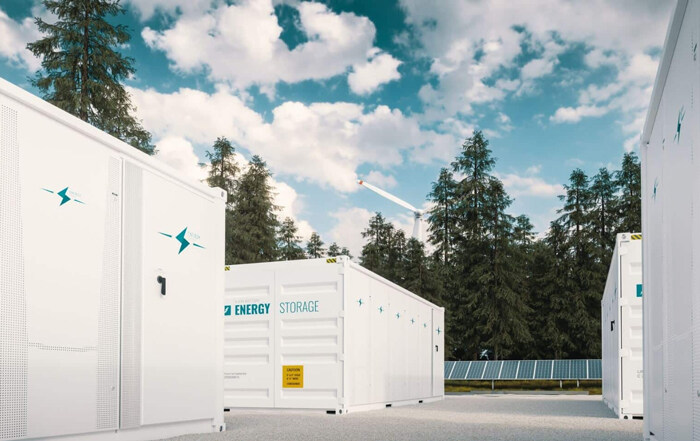
Real-World Examples of LDES Cost Advantages
Several companies and projects are already demonstrating the economic advantages of LDES:
-
Form Energy, a leader in iron-air battery technology, claims it can deliver 100-hour storage at less than one-tenth the cost of lithium-ion systems for similar durations.
-
ESS Inc., a U.S.-based flow battery maker, offers systems that operate for over 20,000 cycles with minimal maintenance.
-
Hydrostor is deploying compressed air energy storage at grid scale with lower lifetime costs than lithium-ion for durations beyond 8 hours.
Governments are also investing in LDES as part of national clean energy strategies, recognizing its potential to reduce storage costs while enhancing grid resilience.
The Future Outlook
As renewables grow to supply more than 50% of electricity in many countries, LDES will play a central role in managing variability and maintaining grid reliability. With costs projected to fall further as technology matures and economies of scale take hold, the LDES market could rival or even surpass lithium-ion for grid storage by the 2030s.
According to a 2023 McKinsey report, global LDES capacity could grow from less than 10 GW today to over 400 GW by 2040, driven largely by cost competitiveness. Meanwhile, lithium-ion batteries may shift toward high-performance, shorter-duration uses—such as in EVs or fast-response grid services—rather than long-duration storage.
Conclusion
The phrase "LDES battery cheaper than lithium ion" captures a significant shift in the energy world. While lithium-ion batteries have been a crucial enabler of the renewable revolution, their cost structure and material limitations make them less suitable for large-scale, long-duration storage.
LDES technologies, with their use of abundant materials, long life, and tailored scalability, offer a compelling alternative—often at a lower total cost. As these technologies mature, they are not just complementing lithium-ion but, in many scenarios, replacing it altogether.
The transition to clean energy will require diverse storage tools, and with cost no longer a barrier, LDES may soon become the cornerstone of a more resilient, flexible, and affordable energy future.

